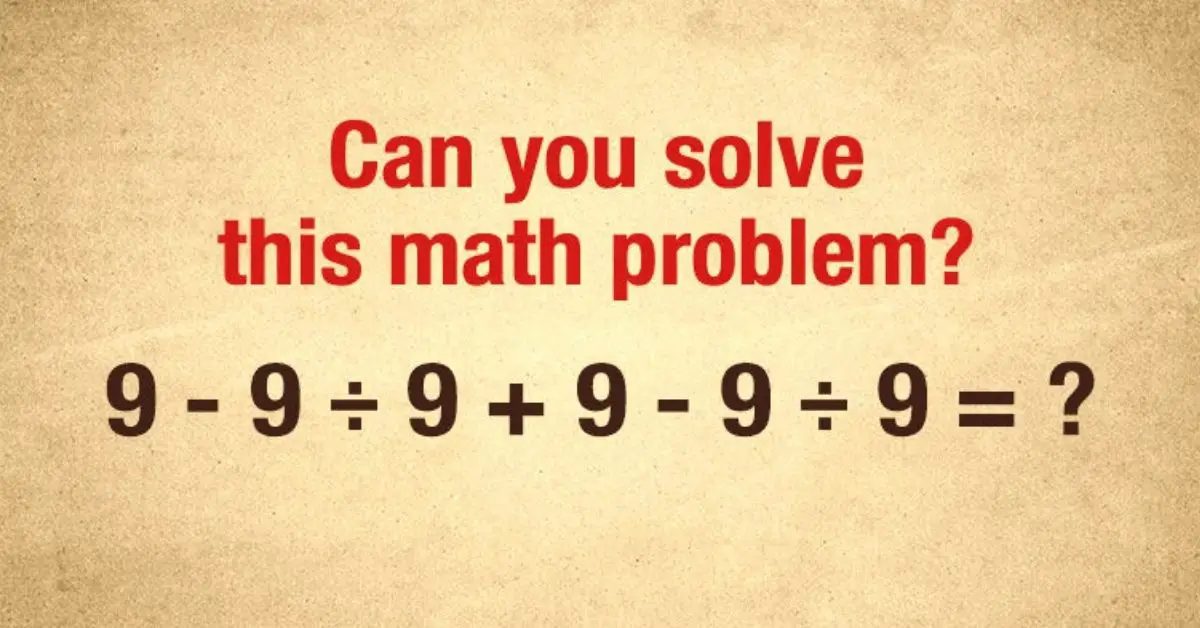
If a change does occur, they go back to square one and start working out a solution all over again. This method doesn’t scale very well for such systems and can’t cope with even the smallest changes. The trouble is that most existing methods rely on historical data to make predictions. To address this, and prevent costs from soaring out of control, the hospital management might deploy mathematical models to help coordinate all these things. Limited resources like MRI scanners, doctors and nurses need to be allocated too. The medicines they require, which themselves have a limited shelf life, and the equipment needed for diagnosis and treatment will change constantly as different patients arrive. The same applies when trying to treat these patients. This is exactly what a large hospital may face, for example, when trying to feed all the patients coming through its doors. This number of combinations scales exponentially as you add more people or meals to the system. You now have more ways to allocate a range of different meals to different people. What’s more, as more people or meal options come into your kitchen, things are complicated further. “One change triggers another change, and if you want to control the system with accurate decisions, one must consider the future status of the system.” “All examples need to deal with changing inputs and environments, which are highly dynamic and difficult to estimate and predict, as the future load is not statistically dependent on the current load,” says Eiko Yoneki, a senior researcher leading the data centric systems group at the University of Cambridge’s Computer Laboratory. It removes both one hungry person and food from your kitchen. Every time you allocate a specific meal to a person, this changes the system.

The actions of the individuals in this scenario also affect the future state of the system.

Then, your dog runs off with the joint of beef while you’re desperately trying to work out how you are going to meet the needs of all these (quite frankly) very demanding and unruly individuals. But just as you’re about to serve up, your daughter announces she’s vegetarian, your partner texts to say they’re running late, and your son tells you he’s invited “a few” friends over for dinner too. You opt for beef with all the trimmings, safe in the knowledge that it’s a firm family favourite. Imagine you’re cooking a roast dinner for your family of four. They will also be essential for tackling some of the world’s most fundamental and complex issues, including climate change, as they help us allocate our planet’s often scarce and depleted resources in the most efficient ways possible.īut let’s first look at a simplified example to see what a dynamic resource allocation problem is and what makes it so difficult to solve.

Whether you’re waiting for a taxi or a next-day delivery, the list of dynamic resource allocation problems and their everyday applications is “almost endless” according to Warren Powell, an engineer at Princeton University who has been investigating these problems since the 1980s.īut dynamic resource allocation problems are not just concerned with giving humans what they want, when they want it. ( Read about how a violent attack turned one man into a maths genius.) They crop up anywhere you find a limited resource that needs to be assigned in real time. Such problems are collectively known as dynamic resource allocation problems.
Hard simple math problems how to#


 0 kommentar(er)
0 kommentar(er)
